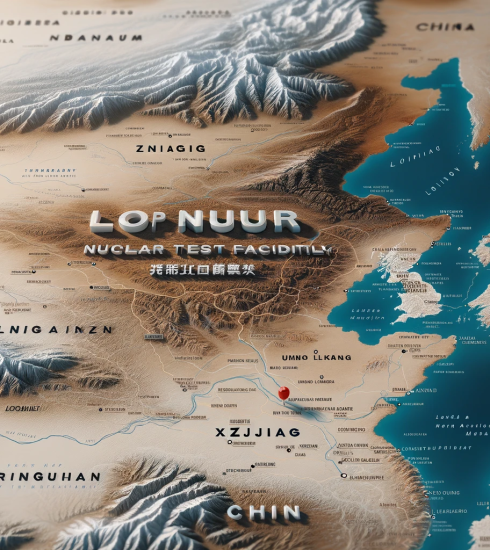Inside Bangladesh’s Shadow War
The Bangladesh Crisis: Democracy, Religious Persecution, and America’s Strategic Games
In a troubling development that threatens regional stability, Bangladesh finds itself at the center of an intricate web of international power plays and systematic religious persecution. Recent intelligence reports paint a disturbing picture of American strategic maneuvering, Pakistani intelligence operations, and coordinated attacks against religious minorities.
American Strategic Interest: More Than Meets the Eye
Behind the escalating crisis lies America’s long-standing ambition to establish a military base in Bangladesh. “America has wanted to make Bangladesh its base for a long time,” reveals a senior intelligence official. This strategic interest stems from two critical objectives: maintaining surveillance on India’s increasingly independent foreign policy stance and establishing a geographical vantage point to monitor Chinese activities.
When diplomatic channels failed to convince Prime Minister Sheikh Hasina to permit an American base, Washington allegedly orchestrated a regime change. The operation culminated in the installation of Mohammad Yunus, a figure with strong ties to the Clinton Foundation – reportedly a CIA front organization.
The ISI Connection: Pakistan’s Growing Influence
Rather than risk direct involvement and further strain its deteriorating relationship with India, the Biden administration has adopted an indirect approach. Intelligence sources confirm that America has granted Pakistan’s Intelligence Services (ISI) unprecedented operational freedom within Bangladesh.
This decision has led to the activation of a coordinated network of religious extremist organizations. The ISI now operates through multiple channels, including Jamaat-e-Islami, a long-nurtured radical Islamist group; Ansarullah Bangla Team, an Al-Qaeda affiliate; the recently reactivated Hefazat-e-Islam; and Hizb ut-Tahrir.
The Barisal Laboratory: Manufacturing Religious Conflict
Perhaps most concerning is the establishment of what intelligence officials call the “Barisal Laboratory.” Located in Barisal city, this ISI facility serves as a sophisticated disinformation hub. Recent events during Durga Puja celebrations exemplify their tactics: ISI operatives photographed Hindu temples, digitally manipulated the images to include inflammatory content, and strategically disseminated this material to incite religious violence.
In one particularly egregious case, operatives doctored photographs to show the Quran placed beneath the feet of Durga idols, triggering widespread riots orchestrated by Jamaat-e-Islami’s radical cadres.
The Strategic Exodus: Weaponizing Religious Persecution
The persecution of Hindus appears to serve a darker purpose beyond religious hatred. Intelligence Bureau reports suggest a two-pronged strategy: forcing Hindu populations to flee to India while using this exodus as cover for ISI operative infiltration.
The recently released Jasimuddin Rahman, leader of Ansarullah Bangla Team, has been recorded advocating for the “liberation” of West Bengal from “Modi’s control.” Intelligence sources report his focus on radicalizing Bangladesh’s Murshidabad region, with plans to establish “liberation zones” across a corridor stretching from Assam through West Bengal and into Jharkhand.
India’s Response: A Call for Action
As these events unfold, India faces mounting pressure to respond decisively. Security experts recommend immediate action on multiple fronts:
Economically, India holds significant leverage through its exports of essential medicines and agricultural products to Bangladesh. “Don’t strongly condemn, take action,” argues one senior official, advocating for the immediate suspension of these crucial exports.
Diplomatically, experts urge a comprehensive international campaign to highlight the persecution of religious minorities. This would involve engaging European nations for potential sanctions and building a coalition against Bangladesh’s current regime.
The Coming Months: A Critical Period
The next six months appear crucial, particularly with the anticipated change in U.S. leadership. Donald Trump’s recent comments on minority persecution in Bangladesh suggest a potential shift in American policy. Intelligence sources indicate high probability of another regime change within this timeframe, potentially with support from the incoming Trump administration.
Until then, however, the situation remains precarious. The Biden administration’s remaining term might see increased aggression against minorities as part of a broader strategy to damage India’s international image before the transition.
As Bangladesh teeters on the brink of increased radicalization and India faces threats to its eastern states, the international community’s response – or lack thereof – may determine the fate of millions and the future stability of South Asia.
[Author’s Note: This article is based on intelligence reports and developments since April 2024. The situation continues to evolve.]






